Top Cover Letter Tips To Use in This Year
A great cover letter is key to getting the job. What are some of the best cover letter tips to put out the best cover letter possible?
A great cover letter is key to getting the job. What are some of the best cover letter tips to put out the best cover letter possible?
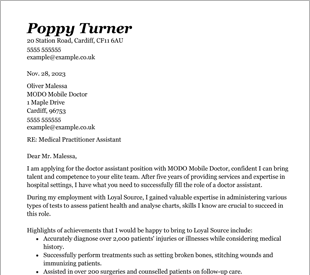
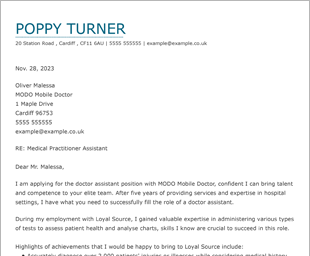
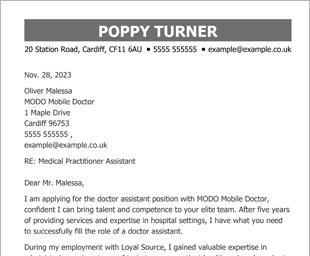
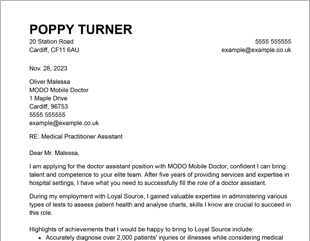
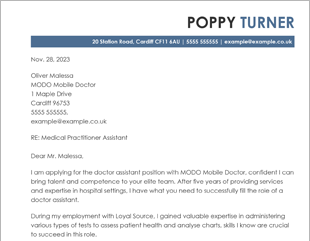
OUR USERS HAVE BEEN HIRED BY
While every cover letter is as different as the CV it is attached to, there are some common cover letter writing tips that can help job seekers ensure that they’re putting their best foot forward. If you want to write a professional cover letter, consider the following:
When you are writing a cover letter to support your job search, make sure to research the company that posted the job listing you are interested in. Talk about why you want to work for them specifically in your opening paragraph (and make sure to introduce yourself using your full name). You can find the information on the company website to help you get an idea of the company culture.
You can write a generic cover letter as a base, but you should edit this before each job application to make sure it represents your skill set in a way that is best suited to the job description. You should also use the hiring manager’s name in the salutation if you have that information.
Consider the job posting and try to be specific about what makes you the best candidate to fill the role. Provide percentages and statistics if you can. If you can’t, then be specific about the ways in which you can benefit the company.
You should not repeat the information in your resume bullet points and summary, but instead supplement the information from your CV. Think about your past experiences, hobbies and your achievements. Mention what is relevant to the job you are applying for to strengthen your qualifications.
Make sure your cover letter format has the same aesthetic as your CV template. Use the same font, font size and margin size in the body of your cover letter, and make sure the header is the same for both documents.
These general cover letter tips will help you represent your work experience and qualifications properly, but if you want to stand the best possible chance of getting a new job, you should home in on the details. These final adjustments are best undertaken when you begin a new job search to make sure you tailor your cover letter to meet the job description:
Try to avoid using “Dear hiring manager” and never use “To whom it may concern” Instead, try to address the recruiter by name.
Ensure that your phone number, email address and social media details (like your LinkedIn profile) are up to date, and make sure you have the right date at the top of the letter.
Make sure that you are still mentioning the right skills for the job description, and don’t be afraid to swap out skills and qualifications that are not quite right.
If you make sure your cover letter details are up to date before each job application, you will certainly increase your chances of writing a good cover letter and making a strong first impression on human resources.
As well as the right content, your cover letter needs to be well formatted, balanced and structured. This means putting introductory information in the first paragraph, making the argument as to why you are a good candidate in the second paragraph (and perhaps the third). Create a call to action in your cover letter enclosure. This will create an effective argument that invites follow-up contact from a hiring manager.
Before you send your cover letter you should proofread and use spell check to make sure there are no typos. Also, ensure your font and margin sizing are consistent. If you do this, you will have a good chance of communicating effectively with recruiters and hiring managers.
Generally speaking, a cover letter should be between half a page and one page in length, but the ideal length is around three-quarters of a page. This gives enough space to showcase all of your best achievements and qualifications, but also maintains enough brevity to be reader-friendly for employers and the applicant tracking systems (ATS) they use to scan letters.
In some cases, you may be asked to provide a hard copy of your CV and cover letter, but that is uncommon these days. It is far more likely that you will be asked to provide an electronic CV and cover letter. In this case, you should send it to recruiters as a PDF unless it is explicitly asked for in another format (such as .doc).
Consider the job description you are applying for and determine where your skills overlap with the needs of the position. Highlight those skills, qualifications and experiences that address the needs of the role and company in order to impress the hiring manager. Just be careful not to repeat information from your CV. If you want some help with cover letter writing, CVHelp has a range of cover letter templates that you can use to create the perfect cover letter.
We personalize your experience.
We use cookies in our website to ensure we give you the best experience, get to know our users and deliver better marketing. For this purpose, we may share the information collected with third parties. By clicking “Allow cookies” you give us your consent to use all cookies. If you prefer to manage your cookies click on the “Manage cookies” link below.